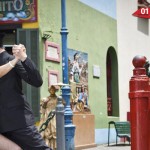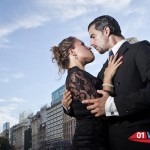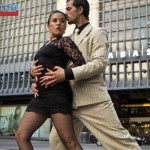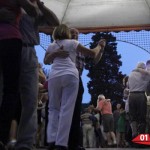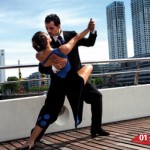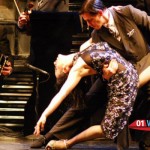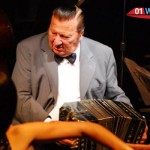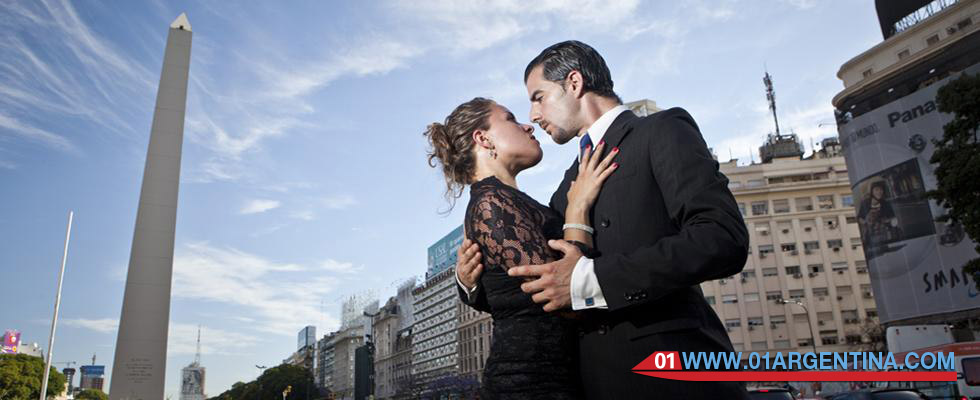
Emblem of the City of Buenos Aires, considered in turn as the World Capital of Tango, this sensual dance and nostalgic is full of stories, secrets and passions, which today are manifested in the lyrics, music and dance, you see at shows and practiced in milongas.
Originally from the Rio de la Plata, tango is the result of a merger that has its roots in African culture of slaves arrived on these shores, which amalgamated with the local cultures of the gauchos and native peoples, together with the contribution of the (mostly Spanish and Italian) European immigrants and the Middle East. This merger has been so widespread that even the tango can not be understood without the fundamental contribution of the bandoneon, an instrument originally developed in Germany to perform religious music, but here gave its final report to the music of Buenos Aires style.
Homes tango
The City of Buenos Aires has many tango houses with live orchestras and dancers. The most renowned places with live shows usually include dinner (with the possibility to choose between Argentine beef or international menus).
Tango lessons
In the City of Buenos Aires dance classes are offered in many cultural centers and milongas. The lessons last between one and two hours. Ideally, to perform the first steps of dancing on a track, is to take four or five classes. From the first lesson, teachers train beginners to mastering the basic steps: eight simple movements that can be learned in a few hours.
milongas
In Buenos Aires there are many milongas (places where you will dance the tango), spread over the different districts, where milonga circuits (a different milonga open every night of the week) are organized. Many organize classes (by specialized teachers) before the dance. For novices and initiates, group or individual. Tango, milonga and vals.
Ancient halls, cafes or neighborhood clubs host a nightly milonga in which everyone can take the track, turn it counterclockwise to clockwise. Echoes of great figures such as Carlos Gardel, Aníbal Troilo and Astor Piazzolla coexist with new contemporary styles: In these temples tango classics or modern themes are heard. Different voices and harmonies that give free rein to the same fervor.
There is also, since 2009, when the tango was declared Intangible Heritage of Humanity by UNESCO, a space is created in the City: the Teatro de la Ribera, in the neighborhood of La Boca, has all its programming dedicated exclusively to the local industry, with milongas, shows, classes and exhibitions.
For those wishing to enjoy a tango show at one of the notable bars that owns the City, it pays to shop around for the Café Tortoni (in the same building is the National Academy of Tango and the World Tango Museum) Ideal Confectionery, the Querandí or South Bar, which is noted for its architecture, antique or local relevance.
Events and Festivals
As World Capital of Tango, alternative events and festivals that are organized throughout the year are numerous. The most important of them is the Tango Buenos Aires Festival and World Cup, which is held annually in the month of August, and that its last edition in 2013 brought together 550,000 people in over 200 free shows. But there are many themed events than pueder be consulted at the Cultural Agenda and the Annual Calendar.

